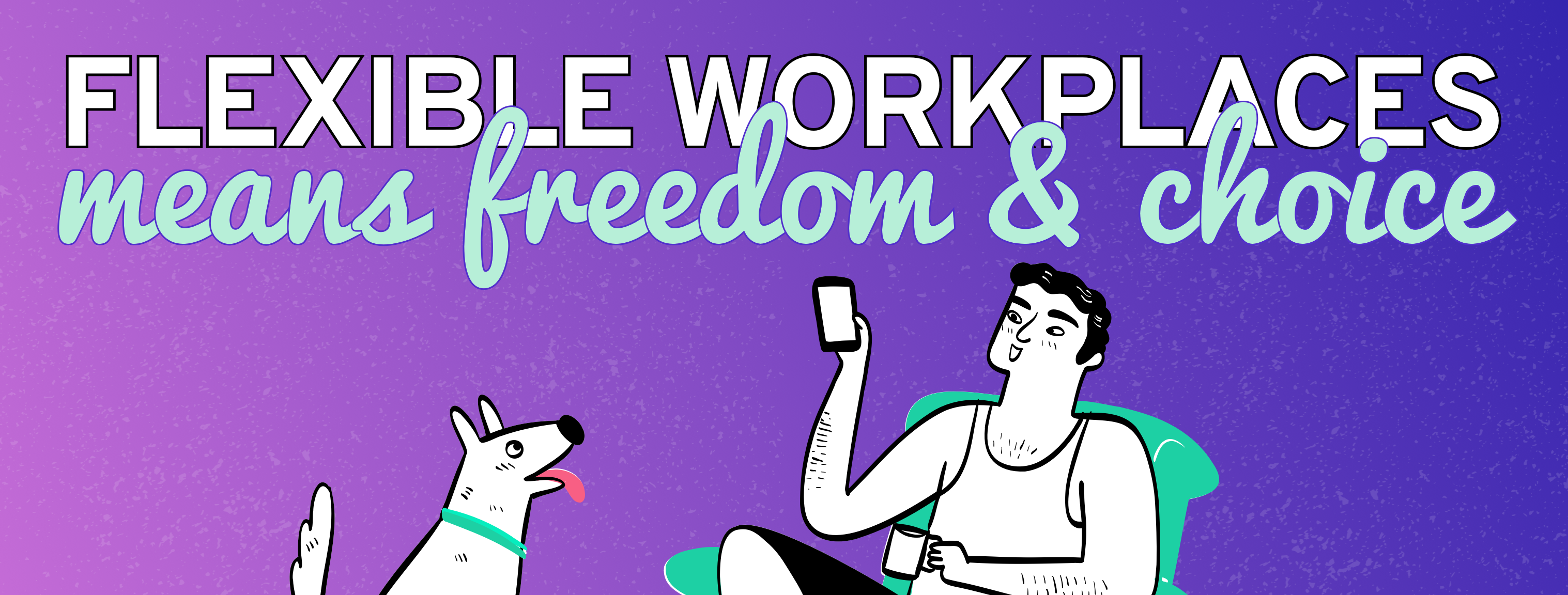Flexible Workplaces Means Freedom And Choice
25th Jul 2022

At Flexa, we believe freedom and choice is the priority in the future of work. It’s evident that this is also what candidates are rooting for. In April 2022, data collected on our platform showed that 39.7% of candidates had expressed interest in remote-first working with the choice of working in the office. This is an increase of an incredible 205.4% from March 2022 and 663.5% from December 2021.
What is a flexible workplace?
A flexible workplace is an environment which encourages employees to establish how they work best, outside of the traditional 9-5. This means giving choice to employees on elements such as, working hours (start and finish times) and location. Allowing for more freedom and a better work life balance.
What are some examples of workplace flexibility?
Flexible workplaces such as Farfetch, Carwow, Elvie, and Allianz have already implemented some great flexible working arrangements alongside many other Flexified companies.
Some examples of flexible working arrangements include:

Why are flexible workplaces important?
There are many benefits to being a flexible workplace in today’s job market including:
- Increases employee retention - not losing your best talent and reducing recruitment times and costs.
- Attracts top talent - having access to a large pool of talent with location barriers being removed.
- Better levels of productivity - companies can benefit from happier and more productive employees.
- Increased happiness and morale - employee happiness and morale is boosted from being able to have a better work-life balance.
- Improved diversity, equity and inclusion (DEI) - flexible working creates a more inclusive work dynamic taking into consideration those who have disabilities or who are parents or caregivers.
- Improved environmental footprint - remote working helps to reduce CO2 emissions and help companies sustainability policies.
What makes for successful flexible working arrangements?
The best flexible working environments have policies and procedures in place to help manage and improve ways of working. This includes:
- Management training - equip managers with better skills on how to manage remote employees.
- Tools and resources - provide the necessary tools and resources, such as project management systems and messaging tools, such as Slack, to keep teams connected.
- At-home office setups - provide employees with the equipment needed for them to do their best work; you could think about offering an office budget.
- Team building - at Flexa, we have monthly meet-ups where we have some time out for fun-filled activities. In-person, team building is not always possible, but that doesn’t need to stop you; virtual team building activities can be a great way to bring teams together.
Truly flexible workplaces
Companies often say they are flexible but once candidates get to the interview stage and beyond, they might find out this is not always the case. This is why at Flexa, we only verify truly flexible employers, giving companies the chance to get the recognition they deserve and get showcased to hundreds and thousands of talented candidates. All while avoiding becoming a culprit of ‘The Great Resignation’.